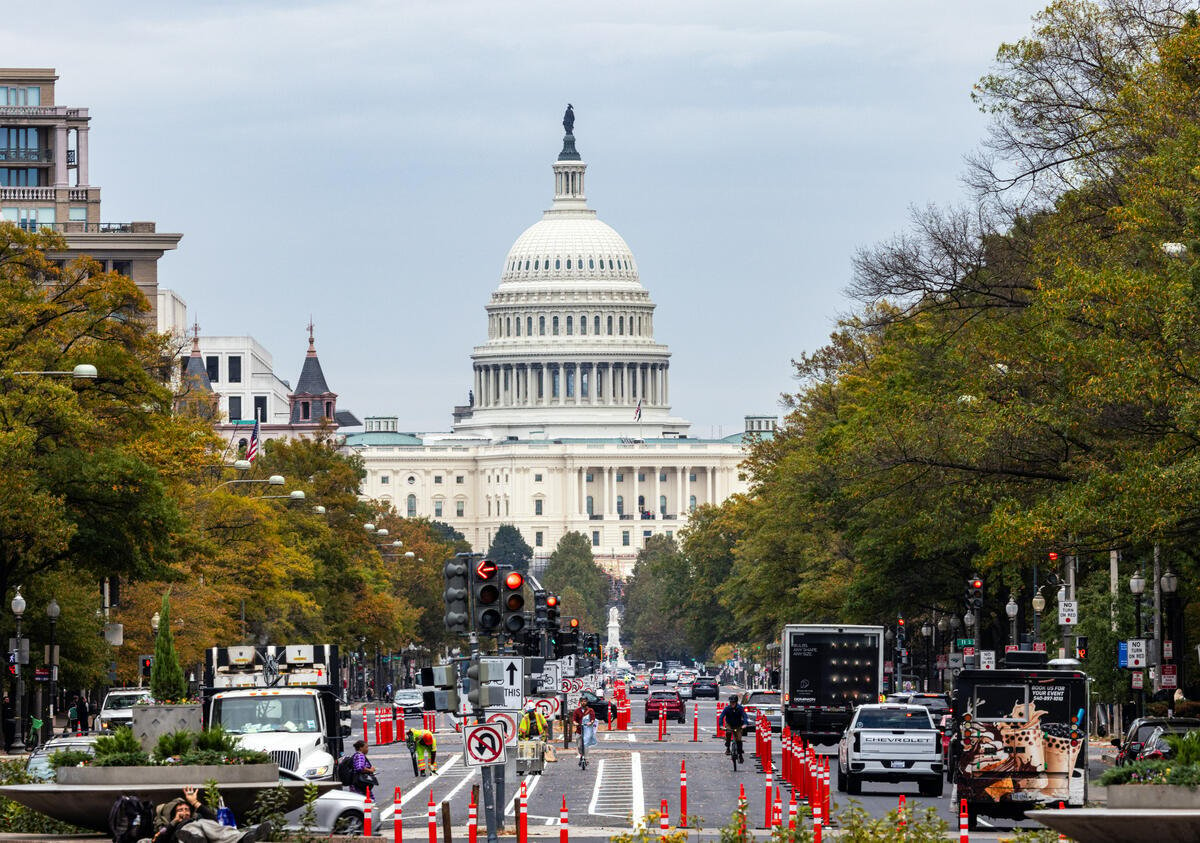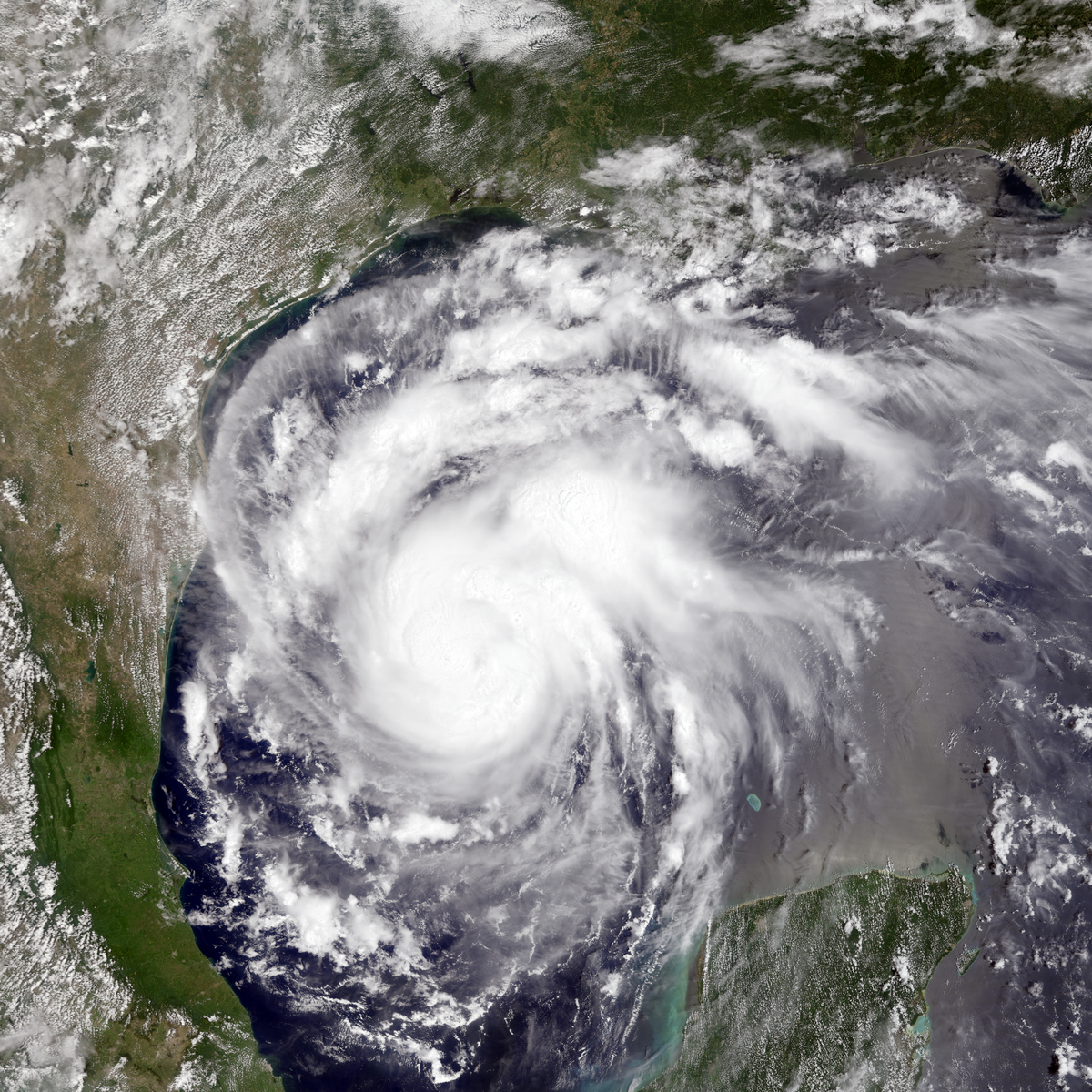In the closest federal races, the oil & gas industry has spent an estimated average of $4.3 million per Senate seat and $490,000 per House seat through direct contributions, funding for party committees, and funding for super PACs.

During this election cycle, 20 oil & gas companies and industry trade associations contributed more than $52 million to right-wing super PACs and party fundraising committees, and more than $4 million to candidate PACs. Much of the spending was used to support Republican candidates running in competitive Senate and House districts.
Whereas direct contributions are subject to strict federal limits, super PACs and party committees can spend unlimited amounts to influence elections (following certain rules). Big Oil contributed much more to these groups than directly to candidates.
Donors give to super PACs and party committees that align with their political goals, paying close attention to how the money is used. We should also be paying attention. In this analysis, an attribution method was used to estimate how much the oil & gas industry spent in each toss-up race—races where both parties have more than a 40% chance and less than a 60% chance of winning—through funding for party committees and super PACs, in addition to direct contributions.
Big Oil’s spending was so high that in 10 out of the 14 races analyzed, oil & gas-attributed spending outweighed the amount that one or both candidates raised from small donors (donors who contributed $200 or less). These races are bolded in the tables below.
Oil & gas industry support for Republican candidates in toss-up Senate races
| Candidate | Direct contributions | Estimated support through funding for party committees and super PACs | Total |
| Mehmet Oz (PA) | $5,000 | $5,451,562 | $5,456,562 |
| Herschel Walker (GA) | $0 | $5,313,092 | $5,313,092 |
| Adam Laxalt (NV) | $25,000 | $2,002,158 | $2,027,158 |
Source: Greenpeace USA analysis using data from OpenSecrets and FiveThirtyEight
Oil & gas industry support for Republican candidates in toss-up House races
| Candidate | Direct contributions | Estimated support through funding for party committees and super PACs | Total |
| Mark Robertson (NV-1) | $0 | $857,834 | $857,834 |
| Lisa Scheller (PA-7) | $5,000 | $684,285 | $689,285 |
| Mayra Flores (TX-34) | $10,000 | $605,023 | $615,023 |
| Jen A. Kiggans (VA-2) | $5,000 | $597,660 | $602,660 |
| David Valadao (CA-22) | $21,000 | $578,591 | $599,591 |
| Jeremy Shaffer (PA-17) | $5,000 | $591,140 | $596,140 |
| Marcus Molinaro (NY-19) | $0 | $446,876 | $446,876 |
| Allan W. Fung (RI-2) | $5,000 | $310,527 | $315,527 |
| Nick Begich III (AK) | $0 | $299,241 | $299,241 |
| Monica De La Cruz (TX-15) | $20,000 | $212,344 | $232,344 |
| John Gibbs (MI-3) | $0 | $231,870 | $231,870 |
Source: Greenpeace USA analysis using data from OpenSecrets and FiveThirtyEight
METHODOLOGY
For each toss-up race (as per FiveThirtyEight’s deluxe model, 11/3/2022), oil & gas industry totals were calculated for: (1) direct contributions to Republican candidates and (2) support for Republican candidates through funding for party committees and super PACs.
The first total refers to direct contributions made by oil & gas organization-affiliated PACs to candidate PACs.
The second total refers to independent expenditures supporting a candidate (or opposing the Democrat in the race) that were indirectly funded by oil & gas organizations’ donations to party committees and super PACs. A two-step attribution method was used to calculate this total. First, the amount contributed by oil & gas organizations to each super PAC and party committee was calculated. Next, the amount contributed to each committee was multiplied by a spend factor per candidate (e.g., Committee’s Independent Expenditures for Candidate X ÷ Committee’s Overall Spend).
The calculated totals are conservative because they account for just the top 20 oil & gas organizations with the highest political spending and the top 6 super PACs and party committees that received the most money from them. In other words, the real totals are almost certainly much higher. Additionally, direct contributions from party committees to candidates were omitted. They are often much less than independent expenditures due to federal contribution limits.
A sample calculation is included below:
- Company X donated $200,000 to Super PAC Z
- Super PAC Z reported spending $400,000 total this election cycle. Of that, $50,000 went to supporting Candidate Q and another $50,000 went to opposing the Democrat in Candidate Q’s race
- It can be inferred that Company X spent $50,000 supporting Candidate Q through its contribution to Super Pac Z ($200,000 × $100,000/$400,000 = $50,000)
Data were obtained from OpenSecrets and FiveThirtyEight. Processed data from Greenpeace USA’s analysis can be accessed here.
Correction: An earlier version of this analysis miscounted the number of races where oil & gas-attributed spending outweighed small donations to one or both candidates



